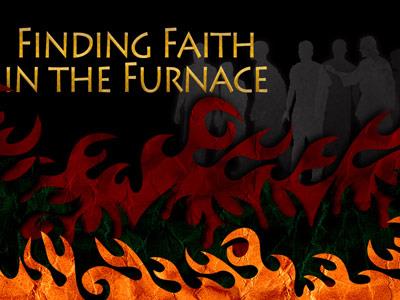-
The Character Of The Gentile Nations Series
Contributed by Pat Damiani on Feb 1, 2010 (message contributor)
Summary: Daniel's vision describes the character of the Gentile nations that will rule over the Jews until the return of Jesus.
Go ahead and turn to Daniel chapter 7 in your Bibles this morning. In many ways Daniel 7 is a key passage in our study of the Old Testament prophets, not only because of the information contained in the passage itself, but because of what we can learn about the structure and patterns of Biblical prophecy. Although I am obviously going to be quite dependent on the last part of the chapter which reveals the interpretation of Daniel’s vision, in order to make the best use of our time, let me begin by reading the first 14 verses:
1 In the first year of Belshazzar king of Babylon, Daniel saw a dream and visions of his head as he lay in his bed. Then he wrote down the dream and told the sum of the matter. 2 Daniel declared, “I saw in my vision by night, and behold, the four winds of heaven were stirring up the great sea. 3 And four great beasts came up out of the sea, different from one another. 4 The first was like a lion and had eagles' wings. Then as I looked its wings were plucked off, and it was lifted up from the ground and made to stand on two feet like a man, and the mind of a man was given to it. 5 And behold, another beast, a second one, like a bear. It was raised up on one side. It had three ribs in its mouth between its teeth; and it was told, ‘Arise, devour much flesh.’ 6 After this I looked, and behold, another, like a leopard, with four wings of a bird on its back. And the beast had four heads, and dominion was given to it. 7 After this I saw in the night visions, and behold, a fourth beast, terrifying and dreadful and exceedingly strong. It had great iron teeth; it devoured and broke in pieces and stamped what was left with its feet. It was different from all the beasts that were before it, and it had ten horns. 8 I considered the horns, and behold, there came up among them another horn, a little one, before which three of the first horns were plucked up by the roots. And behold, in this horn were eyes like the eyes of a man, and a mouth speaking great things.
9 “As I looked,
thrones were placed,
and the Ancient of Days took his seat;
his clothing was white as snow,
and the hair of his head like pure wool;
his throne was fiery flames;
its wheels were burning fire.
10 A stream of fire issued
and came out from before him;
a thousand thousands served him,
and ten thousand times ten thousand stood before him;
the court sat in judgment,
and the books were opened.
11 “I looked then because of the sound of the great words that the horn was speaking. And as I looked, the beast was killed, and its body destroyed and given over to be burned with fire. 12 As for the rest of the beasts, their dominion was taken away, but their lives were prolonged for a season and a time.
13 “I saw in the night visions,
and behold, with the clouds of heaven
there came one like a son of man,
and he came to the Ancient of Days
and was presented before him.
14 And to him was given dominion
and glory and a kingdom,
that all peoples, nations, and languages
should serve him;
his dominion is an everlasting dominion,
which shall not pass away,
and his kingdom one
that shall not be destroyed.
Daniel 7:1-14 (ESV)
You will note that Daniel’s vision occurs during the first year of the reign of King Belshazzar, which would have been about 30 years after the end of the reign of Nebuchadnezzar. That means that this event would have occurred prior to Daniel 5, which records the handwriting on the wall and the fall of Babylon to the Medes and Persians and also prior to Daniel 6, the account of Daniel in the lion’s den, also during the reign of the Medes and Persians. So, just as we have seen with other prophets, especially Isaiah, we find that the material is not always arranged in chronological order.
But there is something even more significant that occurs here. The Book of Daniel employs a literary device known by the technical term of “recapitulation”. Recapitulation occurs when one event is viewed from two or more perspectives. This device can usually be identified because there are obvious similarities in the various accounts as well as striking differences that reflect the differing perspectives.
In this case, chapter 7 is a recapitulation of Nebuchadnezzar’s dream that we looked at in chapter 2. Let’s see if we can’t identify both the similarities and the differences between the two accounts:

 Sermon Central
Sermon Central



